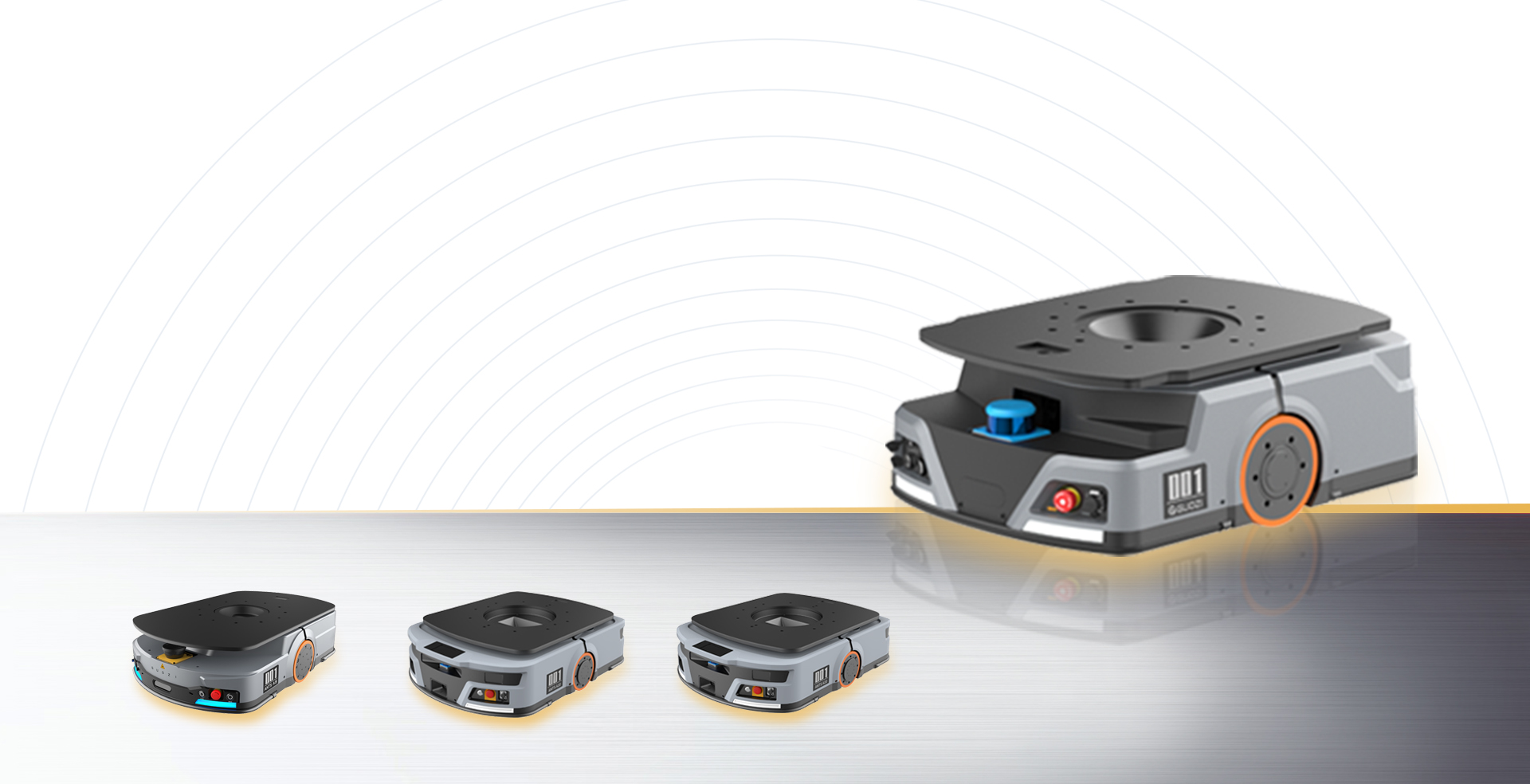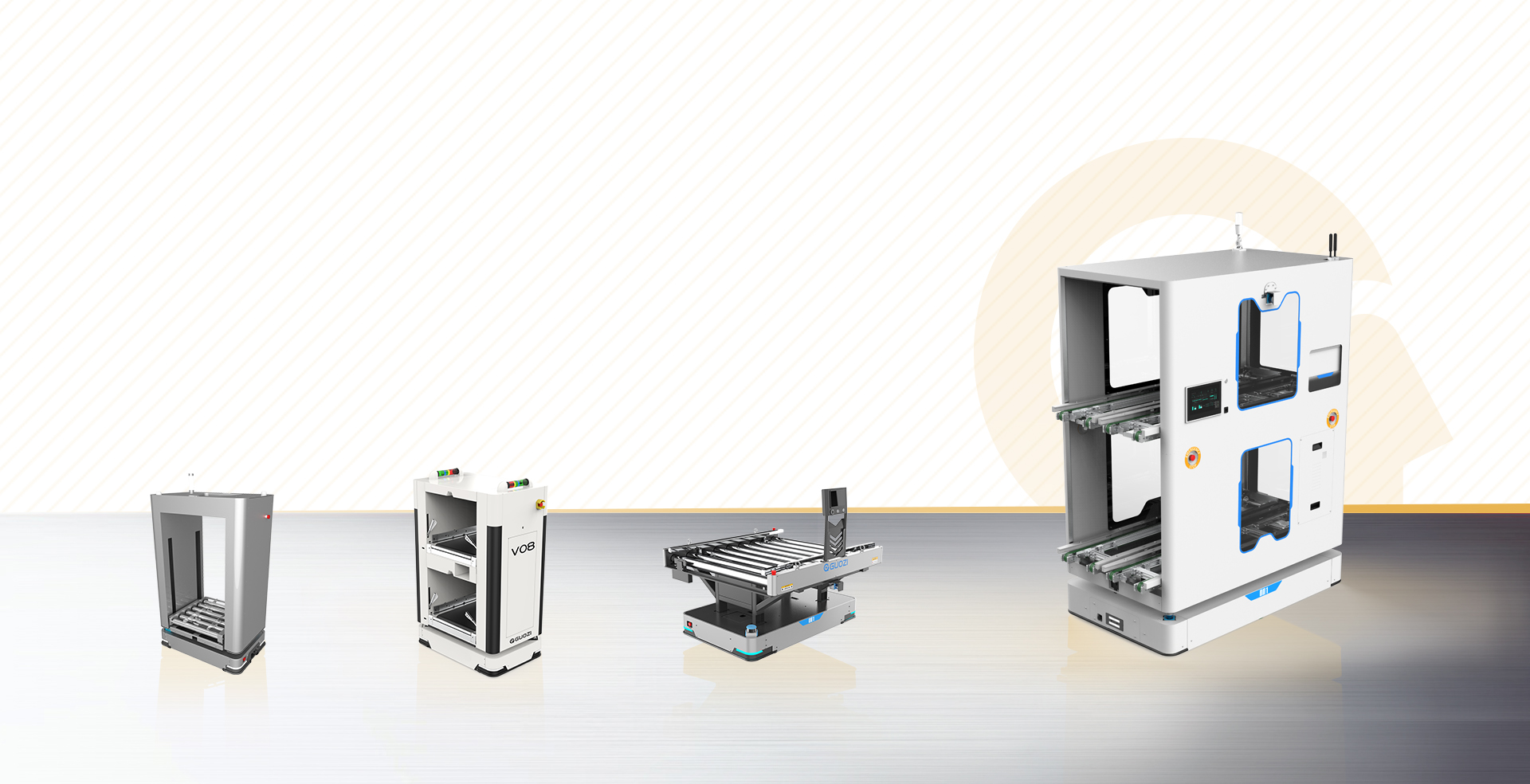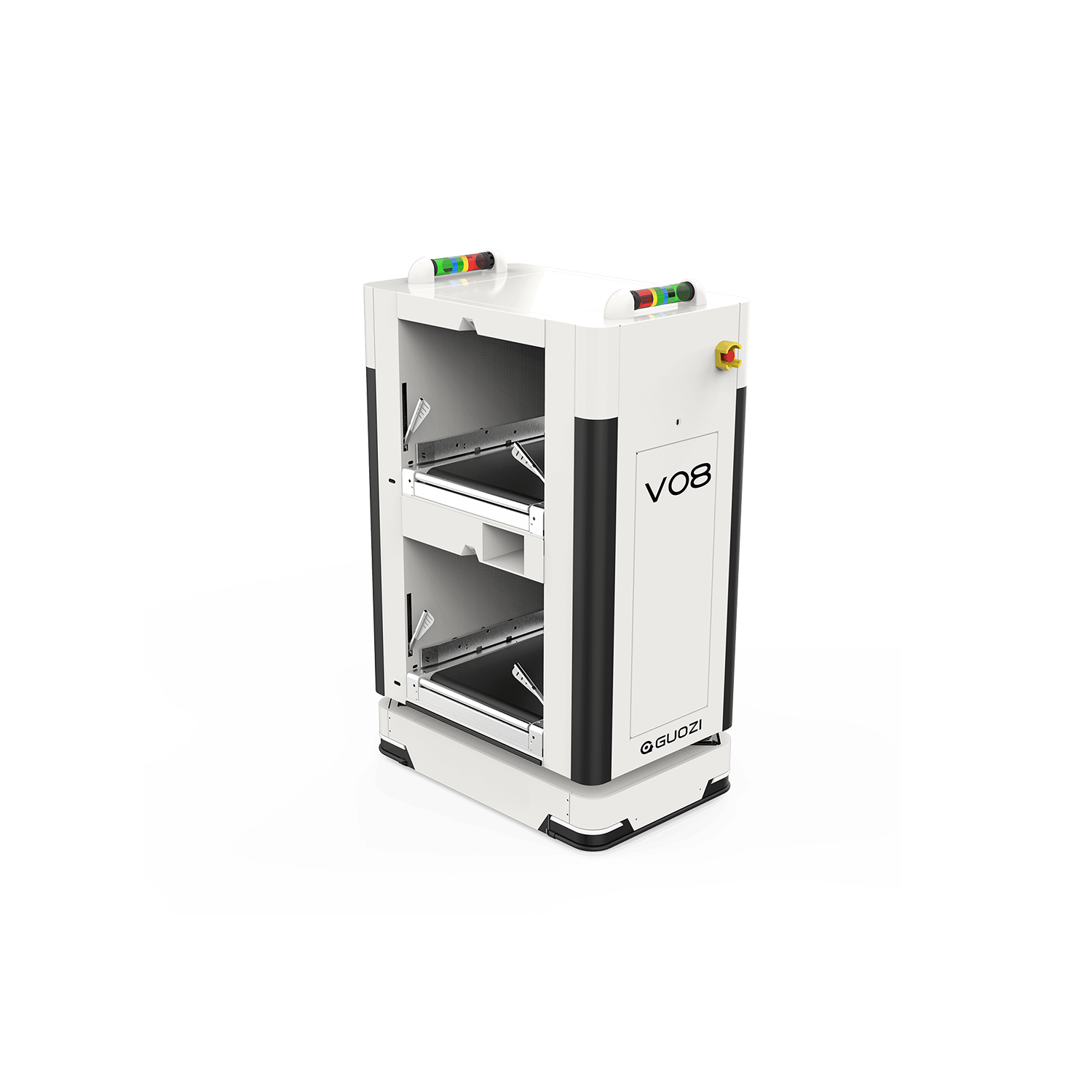With the development of science and technology, the robotics industry has been rapidly rising in China, and the demand for robots in various industries is also growing. Especially in the field of heavy goods handling, the application of robotics has gradually become a key factor in solving the shortage of manpower, improving efficiency and reducing costs.
Heavy Item Handling Challenges of heavy goods handling
1. High labor cost: Heavy goods handling requires a large amount of labor, and the physical strength of the workers is more demanding, which leads to high labor cost.
2. High safety risk: In the process of moving, the workers are easily hurt by the pressure and impact of the heavy items, so the safety risk is high.
3. Inefficiency: The traditional manual handling method is time-consuming, and it is difficult to meet the high efficiency requirements of modern production.
4. Space constraints: Heavy goods handling is often restricted by space constraints such as sites and equipment, making it difficult to realize flexible handling.
Robotics industry solutions in the field of heavy item handling
1. Automated handling robots
Automated handling robots have the following advantages:{{
{{{{}Automated handling robots have the following advantages:{
{{{}Automated handling robots have the following advantages:{{{{}Automatic handling robots are used to handle heavy items. 52}}{{{}(1) Improve efficiency: the robot handling speed is faster, can work continuously, greatly improving production efficiency.
(2) Reduce costs: Although the initial investment is higher, in the long run, robots can reduce labor, management and other costs.
(3) Safety: Robots can avoid workers' direct contact with heavy objects and reduce the occurrence of safety accidents.
(4) Flexibility: the handling robot can be programmed according to different scenarios to adapt to a variety of handling needs.
2. Intelligent handling system
The intelligent handling system realizes the following functions by integrating sensors, control system, actuators, etc.:
(1) Autonomous navigation: the robot can realize autonomous navigation according to the preset route or real-time environmental data to realize autonomous navigation and handling.
(2) Item recognition: through image recognition, QR code recognition and other technologies, the robot can accurately recognize the items to be carried.
(3) Task allocation: the system can reasonably allocate the robot's work according to the needs of the handling tasks to improve the handling efficiency.
(4) Data analysis: collect handling data to provide decision basis for production management.
3. Unmanned Forklift
The unmanned forklift is a kind of handling robot that has been developing rapidly in recent years, and it is suitable for scenarios such as warehouses and ports. Its main advantages are as follows:
(1) Saving space: unmanned forklift is small in size, and it can flexibly shuttle through narrow spaces.
(2) Easy to operate: The unmanned forklift can be controlled by remote control or tablet PC, easy to operate.
(3) Strong endurance: powered by lithium batteries, it has a strong endurance and meets the needs of long-time handling.
(4) Safe and environmentally friendly: unmanned forklift trucks are powered by electricity, with no exhaust emissions, reducing environmental pollution.
The innovative practice of the robotics industry in the field of heavy item handling has provided strong support for China's manufacturing industry. With the continuous progress of technology, I believe that in the future robots will play an important role in more fields, helping enterprises to achieve intelligent and efficient production.








